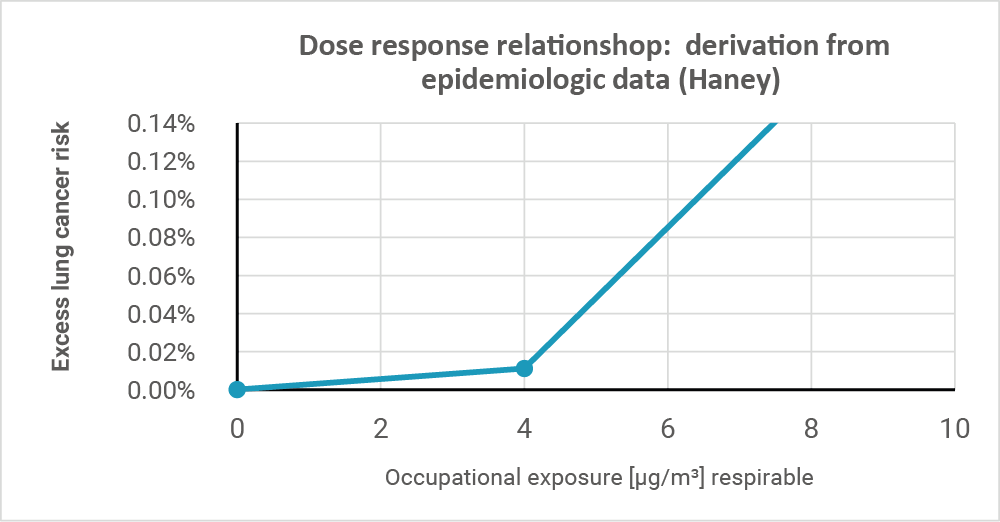Environment
Effects of Cadmium on human health
Environment
Assessment of systemic adverse health effects related to cadmium
- There is an abundant data base on the systemic health effects of cadmium and its compounds, including human studies. (Ref. ECHA Scientific report 2020)
- The most significant systemic adverse health effects are kidney dysfunction and to a minor extend bone demineralisation
- In literature, some statistical correlation is claimed with other systemic adverse health effects but these claims are very much challenged. Moreover, such adverse health effects are not observed in occupationally exposed populations, although exposure to cadmium is higher.
ICdA recommended biologic limit value: 2µg Cd/g creatinine
Note
Some data indicate effects in the general population at concentrations < 2 μg/g creatinine (even as low as 0.5 μg/g creatinine). The causality of the associations between urinary cadmium and biomarkers of kidney effects in populations with low levels of exposure (general population) has been seriously challenged (Bernard et al., 2016). At low environmental exposures, urinary cadmium is more a reflection of functional integrity of the nephron than of the cadmium exposure or of the cadmium body burden (Chaumont et al. 2012).
Environment
Assessment of non-cancer respiratory diseases risk
- The recent risk assessment by Nordberg et al. (2018) agreed on the 500 µg/m³ x years as the LOAEC for respiratory effects(Cortona et al. 1992), which corresponds to 40 years exposure at a level of 12.5 μg Cd/m³.
- Applying an extrapolation factor of 3 (LOAEC to NOAEC) would result in a NOAEC value of 4 μg Cd/m³ (respirable fraction).
- Nordberg et al. (2018) stated that “None of the more recent studies has documented effects of cadmium at lower exposures that can be considered caused by cadmium and not by smoking”.
Note
Environment
Assessment of lung cancer risk related to cadmium inhalation
- Doubt on confounding factors expressed in Thun study was cleared in later studies (Stayner 1992, Park 2012, Haney 2016)
- Long term follow-up of 601 workers from 1920 to 2002 (74% of these workers were deceased by 2002, including 36 from lung cancer)
- Long term follow-up of 601 workers from 1920 to 2002 (74% of these workers were deceased by 2002, including 36 from lung cancer)
- Lung cancer risk related to cadmium calculated

Clear evidence of threshold carcinogenicity
Methodology developed by BAUA to include threshold effect in dose response relationship.
Calculated lung cancer risk: 1/10 000 at 4µg Cd/m³ respirable fraction. (See the ICdA submission to ECHA public consultation.)
BAUA calculated the risk at 4/1 000 at 2.6 µg/m³ (respirable fraction) based on animal studies on wistar rats which are more sensitive to tumours than humans. This makes it far less accurate to translate this towards a risk to humans and explains large difference with the assessed risk from the human occupational exposure
Note
RAC proposed a limit value of 1 µg Cd/m³ (inhalable fraction) referring to an older German study in which also the systemic health effect were addressed by translating a urinary cadmium value in an air value.
Such approach introduces a high level of uncertainty and is therefore less accurate. Systemic effect should therefore be addressed more directly by considering urinary cadmium values.


